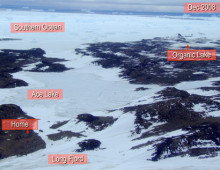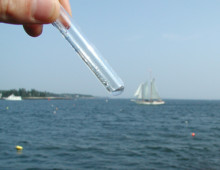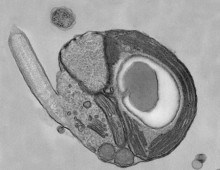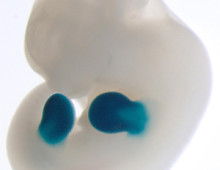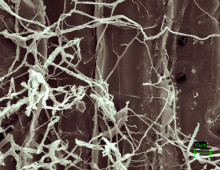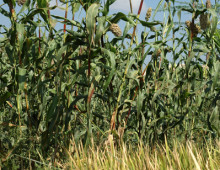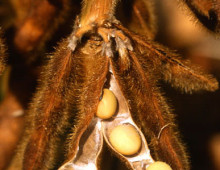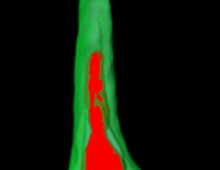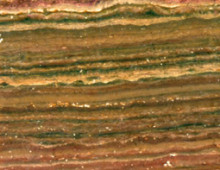DOE JGI Releases Expanded Version of Phytozome.net: Clearinghouse for Comparative Plant Genomics Data
WALNUT CREEK, CA—An enhanced version of Phytozome.net, a web portal for comparative plant genomics geared to advance biofuel, food, feed, and fiber research, has been released by the U.S. Department of Energy (DOE) Joint Genome Institute (JGI). Phytozome provides a central “hub” for web access to a rapidly growing number of plant genomes, and includes… [Read More]
